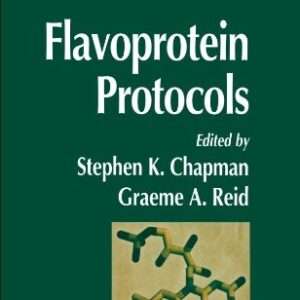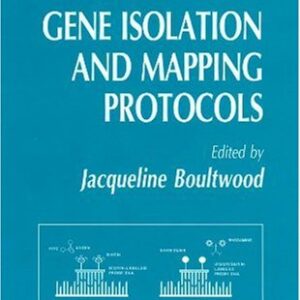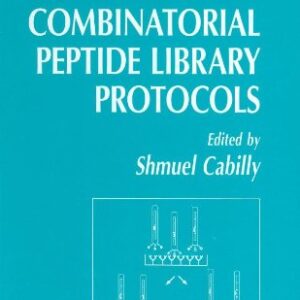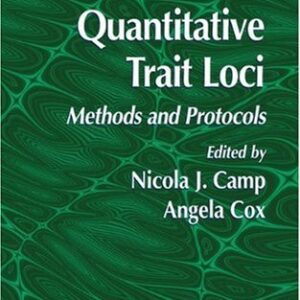The present volume contains selected contributed papers from the BIOMAT 2008 Symposium and lectures delivered by keynote speakers during the plenary sessions. All chapters are centered on fundamental interdisciplinary areas of mathematical modeling of biosystems, like mathematical biology, biological physics, evolution biology and bioinformatics. It contains new results on the mathematical analysis of reaction-diffusion equations, demographic Allee effects and the dynamics of infection. Recent approaches to the modeling of biosystem structure, comprehensive reviews on icosahedral viral capsids and the classification of biological data via neural networks with prior knowledge, and a new perspective on a theoretical basis for bioinformatics are also discussed. This book contains original results on reaction-diffusion waves: the population dynamics of fishing resources and the effectiveness of marine protected areas; an approach to language evolution within a population dynamics framework; the analysis of bacterial genome evolution with Markov chains; the usefulness of Steiner trees on the modeling of amide planes in proteins; and the choice of defense strategies and the study of the arms-race phenomenon in a host-parasite system This volume contains the selected contributed papers from the BIOMAT 2009 – Ninth International Symposium on Mathematical and Computational Biology and the contributions of the Keynote Speakers which present the state of the art of fundamental topics of interdisciplinary science to research groups and interested individuals on the mathematical modelling of biological phenomena. New results are presented on cells, particularly their growth rate and fractal behavior of colony contours; on control mechanisms of molecular systems; the Monte-Carlo simulation of protein models; and on fractal and nonlinear analysis of biochemical time series. There are also new results on population dynamics, such as the paleodemography of New Zealand and a comprehensive review on complex food webs. Contributions on computational biology include the use of graph partitioning to analyse biological networks and graph theory in chemosystematics. The studies of infectious diseases include the dynamics of reinfection of Tuberculosis; the spread of HIV infection in the immune system and the real-time forecasting of an Influenza pandemic in the UK. New contributions to the field of modelling of physiological disorders include the study of macrophages and tumours and the influence of microenvironment on tumour cells proliferation and migration. ?Read more… Preface; Editorial Board of the BIOMAT Consortium; Contents; Modelling Physiological Disorders Macrophages and Tumours: Friends or Foe? H.M. Byrne, M.R. Owen; Tumour Cells Proliferation and Migration under the Inuence of Their Mi- croenvironment. A. Friedman, Yangjin Kim; Phenomenological Study of the Growth Rate of Transformed Vero Cells, Changes in the Growth Mode and Fractal Behaviour of Colony Contours. M.A.C. Huergo, M.A. Pasquale, A.E. Bolz an, A.J. Arvia, P.H. G; Evidence of Deterministic Evolution in the Immunological Memory Process. A. de Castro, C.F. Fronza, R. Herai, D. Alves
Biology
[PDF] BIOMAT 2009 : International Symposium on Mathematical and Computational Biology, Brasilia, Brazil, 1-6 August 2009 Mondaini R.P.
$19.99

![[PDF] BIOMAT 2009 : International Symposium on Mathematical and Computational Biology, Brasilia, Brazil, 1-6 August 2009 Mondaini R.P.](https://pdfelite.com/wp-content/uploads/2024/04/4d4dc7cb2dcb67de43f092b7de29bf11-d.jpg)




Reviews
There are no reviews yet.